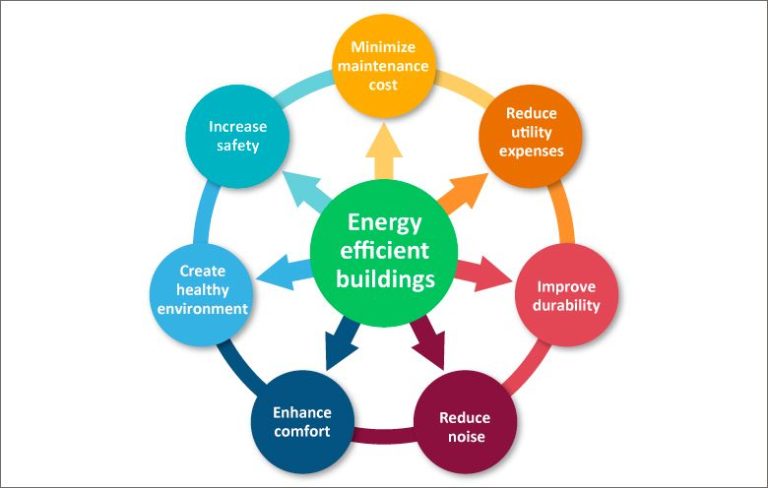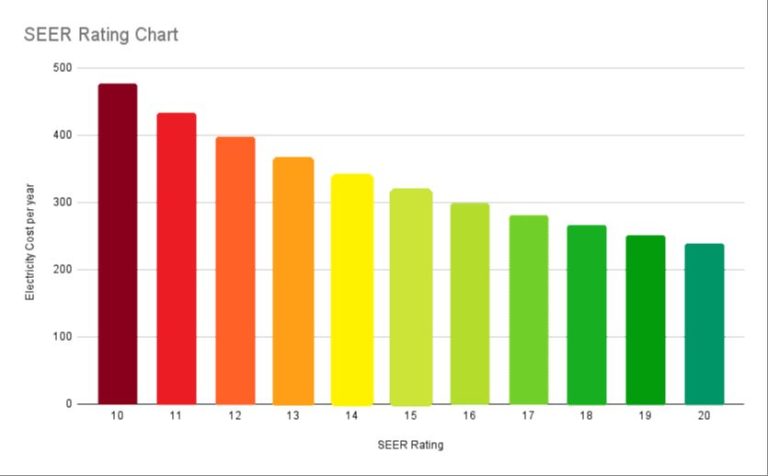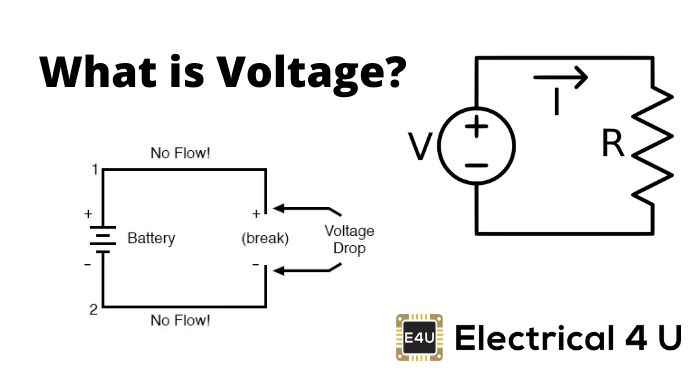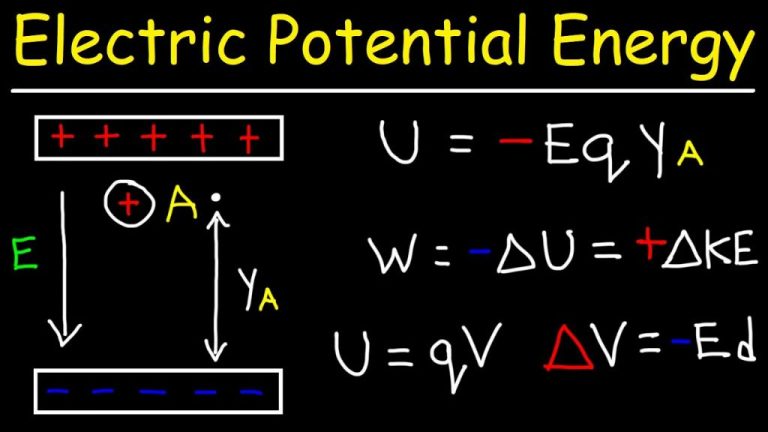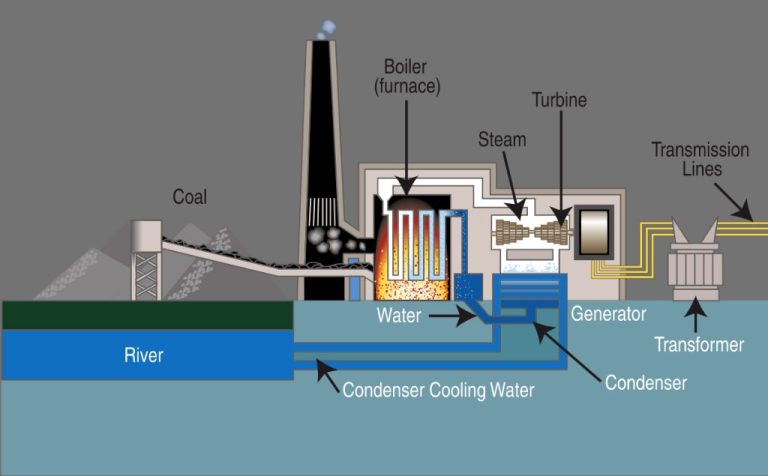How Is Your Renewable Energy Source Obtained?
Renewable energy sources such as solar, wind, hydropower, biomass, and geothermal provide sustainable alternatives to fossil fuels. As concerns grow about climate change and the environmental impacts of burning fossil fuels, renewable energy has become increasingly important. Renewable resources are naturally replenished and virtually inexhaustible. Ramping up renewable energy can reduce greenhouse gas emissions, diversify energy supply, and provide jobs in emerging industries.
This article will provide an overview of the most common renewable energy sources—how they are harnessed and used to generate electricity, heat, or fuel. It will explain the technology, infrastructure, and processes behind solar, wind, hydropower, geothermal, biomass, hydrogen, and tidal energy. Understanding the advantages and limitations of different renewable resources allows for informed decisions about our energy future.
Solar
Solar panels, also called photovoltaic (PV) panels, convert sunlight directly into electricity. PV panels are made up of many individual solar cells, which are made from silicon. When sunlight shines on the solar cells, electrons are knocked loose from the silicon atoms, causing electricity to flow. The PV cells are wired together into modules, which are mounted together to form solar panels. These panels can be installed on rooftops or ground-mounted to maximize sunlight exposure.
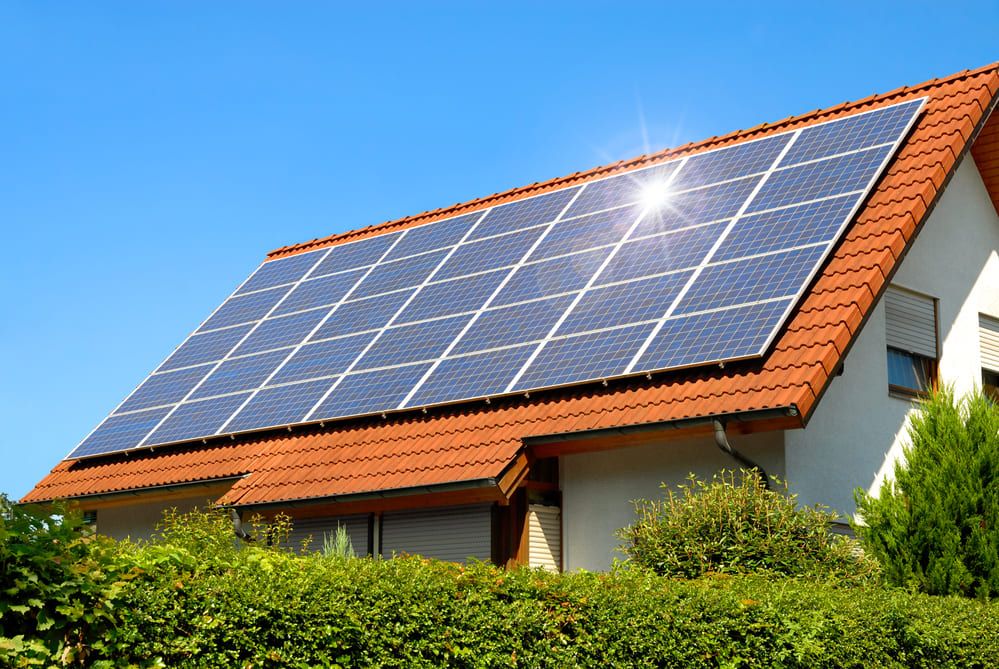
Here’s how solar energy is turned into electricity step-by-step:
- Sunlight hits the solar PV panels and is absorbed by the silicon cells.
- The sunlight knocks electrons loose, allowing them to flow freely.
- The PV cells have positive and negative layers, forming an electric field.
- The electric field causes the electrons to flow in one direction, creating an electrical current.
- Wires at the sides of the panels collect the electricity and carry it to an inverter.
- The inverter converts the direct current (DC) into alternating current (AC), which is used in homes.
- The electricity is fed into the home electrical panel and powers lights, appliances, etc.
For more details on how solar PV panels work, check out these helpful resources:
https://www.certainteed.com/inspiration/how-tos/solar-101-how-solar-energy-works-step-step
https://palmetto.com/learning-center/blog/we-break-down-how-solar-energy-works-step-by-step
Wind
Wind turbines capture kinetic energy from the movement of air to generate electricity. As wind blows across the blades of the turbine, the blades spin around a rotor. The rotor connects to a main shaft that spins a generator to create electricity. Here’s how it works in more detail:
- The blades are shaped aerodynamically to capture the maximum energy from the wind. As wind hits the curved surface of the blades, the airflow creates lift and drag forces that turn the blades.
- The rotational motion caused by the lift and drag is transferred through a main shaft inside the nacelle (the body of the turbine), spinning a series of gears to increase the rotational speed.
- The high-speed shaft connects to a generator that contains magnets surrounded by coiled copper wire. As the shaft spins rapidly inside the generator, it causes the magnets to rotate past the coils and generate electricity through electromagnetic induction.
- The electricity is fed through cables down the turbine tower and sent to a transformer to increase the voltage. From there it connects to transmission and distribution lines to be used.
So in summary, wind turbines use the natural kinetic energy of wind to mechanically spin turbines, which drive generators to produce clean electricity. Advances in blade aerodynamics and turbine efficiency have allowed modern wind turbines to capture more energy from the wind than ever before.
Source: What Is Wind Power? – WINDExchange – Department of Energy
Hydropower
Hydropower uses the movement of water to generate electricity. Flowing water from a dam or tidal movement spins a turbine connected to a generator to produce electricity. According to the Department of Energy, hydropower is one of the oldest sources of energy and accounts for 7% of total U.S. electricity generation and 49% of renewable electricity generation.
There are several types of hydropower facilities, including:
- Impoundment facilities that use a dam to store river water in a reservoir.
- Diversion facilities that channel water from a river through a canal.
- Pumped storage facilities that pump water from a lower reservoir to an upper reservoir for storage.
- Tidal power facilities that use tidal movement to drive turbine generators.
Advantages of hydropower include its renewable nature, low operating costs, and ability to quickly adjust output to meet demand. However, building large dams can impact the surrounding environment and wildlife habitats. Overall, hydropower provides a flexible, renewable energy source that will continue playing a major role in the world’s electricity generation.
Sources: https://www.energy.gov/eere/water/how-hydropower-works, https://www.energy.gov/eere/water/hydropower-basics
Geothermal
Geothermal energy harnesses the natural heat within the earth’s core to produce renewable energy. The temperature increases with depth below the earth’s surface, and geothermal power plants tap into this underground reservoir of heat by drilling wells deep into the mantle of the earth. Hot springs are surface evidence of the heat beneath the earth’s surface, but engineers must drill miles deep to reach adequate temperatures for electricity generation.
Once a suitable hot water or steam reservoir is accessed, the geothermal energy can be brought to the surface to turn turbines and generate electricity, in a manner similar to coal, natural gas, or nuclear power plants but without any carbon emissions. Geothermal plants essentially tap the earth’s inner warmth as a heat source for power production. According to the U.S. Department of Energy, geothermal reservoirs of at least 150°C have been identified, and wells at least 3 kilometers deep are required to access this kind of subterranean heat.
The geothermal energy potential from the earth’s crust ranges based on geographical location, but experts estimate it can produce 10,000 times more energy than the world’s current energy needs. While geothermal accounts for less than 1% of current U.S. electricity generation, the geothermal industry expects significant growth as technology improves to enable widespread utilization of this renewable resource (source).
Biomass
Biomass energy refers to the renewable energy derived from organic matter such as plants and animal waste. It’s considered a renewable energy source because plants can be regrown over time to produce more biomass fuel. There are a few main ways that organic matter is converted into usable biomass energy:
Bio-digestion or anaerobic digestion involves the breakdown of organic matter by microorganisms in an oxygen-free environment. This produces biogas which is mostly methane and can be used as a fuel source. Animal dung and food waste are common sources used in bio-digestion. (Source)
Combustion or burning organic matter releases the energy stored in plants and converts it into heat, electricity, or fuel. Wood and dried plants are commonly burned for energy, and combustion can occur directly or in power plants to generate electricity. The heat from combustion can also be used to produce liquid biofuels like ethanol. (Source)
Cellulosic ethanol is produced from the structural parts of plants, grasses, and trees. The complex sugars in cellulose and hemicellulose can be broken down into simpler sugars and fermented into ethanol fuel. Perennial grasses like switchgrass are promising cellulosic ethanol sources. (Source)
Overall, biomass presents a renewable way to produce energy and fuel from the organic matter that nature provides on an ongoing basis. With the right processes, plants can provide a sustainable energy source.
Hydrogen
Hydrogen fuel cells produce electricity through an electrochemical reaction, not combustion, making the process clean and quiet. Fuel cells convert the chemical energy of hydrogen into electrical energy by combining hydrogen and oxygen atoms. Inside the fuel cell, hydrogen atoms enter the anode where a catalyst causes them to split into protons and electrons. The protons pass through a membrane while the electrons create a separate current that can be utilized before recombining with oxygen and the protons at the cathode to produce water and heat. This process directly converts chemical energy into electrical energy without any combustion, allowing hydrogen fuel cells to provide power cleanly and efficiently.1
Wave & Tidal
Wave and tidal energy captures the kinetic energy from ocean waves and tides to generate electricity. The motion of the waves and tides is constant and predictable, making them a reliable and renewable energy source.
There are a few main ways that wave and tidal energy is captured:
- Wave energy converters that use floats or pitching devices to capture wave motion.
- Oscillating water columns that use wave motion to compress air to power turbines.
- Tidal turbines underwater that are powered by tidal currents, similar to wind turbines.
- Tidal barrages that capture tidal flow into reservoirs and release it through turbines.
Some key countries utilizing wave and tidal energy include the UK, France, South Korea, Canada, and Australia. The UK has installed multiple tidal turbine farms and leads the world in tidal energy capacity. France has several wave energy test sites and aims to ramp up wave power. South Korea is investing heavily in tidal barrages and aims to boost tidal power capacity. Canada and Australia also have growing wave and tidal industries.
Overall, wave and tidal energy provides a predictable, renewable source of electricity from the oceans’ constant motion. As technology improves, it has growing potential to make up a larger share of renewables worldwide. However, costs, durability challenges, and environmental impacts remain barriers to large-scale adoption currently. Regardless, the field is advancing steadily in pioneering countries.
Sources:
https://startupsavant.com/news/waves-tides-power
https://www.linkedin.com/posts/aw-energyoy_10-tidal-and-wave-energy-facts-and-statistics-activity-7031557690409541633-PuCO
Comparison
When comparing different renewable energy sources, there are a few key factors to consider – cost, efficiency, reliability, environmental impact, and more. Each type has its own unique pros and cons.
Solar and wind energy are widely available and have become more cost-competitive with fossil fuels in recent years. However, their power output depends on weather conditions. Solar only works during daylight hours, while wind is intermittent. Energy storage solutions can help mitigate this issue. Overall, they have low environmental impacts once installed.
Hydropower utilizes the movement of water to generate consistent and reliable clean electricity. However, the upfront infrastructure costs are high and dams and reservoirs may disrupt local ecosystems. Geothermal harnesses heat from under the earth’s surface to produce baseload power, but sites are limited to certain geographic locations.
Biomass converts organic matter like plants into energy and can be stored. But it emits carbon dioxide when burned and competes with food crops for land use. Hydrogen is versatile as an energy carrier and fuel, though most production methods currently use fossil fuels. There are promising renewable pathways in development.
Wave and tidal technologies are still emerging but hold potential to generate predictable power from the oceans. Overall costs are still higher than other renewables. No one solution is perfect, but combining sources and storage can lead to a robust clean energy mix.
Conclusion
In summary, renewable energy sources like solar, wind, hydropower, geothermal, biomass, wave, tidal, and hydrogen offer significant benefits over fossil fuels. They produce little to no greenhouse gas emissions, reducing contributions to climate change. Renewables are infinite and available everywhere, unlike finite fossil fuel reserves. They allow countries to be energy independent and avoid unpredictable price fluctuations. The transition to renewable energy is crucial for building a sustainable future, combating environmental degradation, and mitigating climate change. While renewable energy adoption is growing globally, continued policies, investments, and commitment to clean power are still needed. Each of us can contribute by supporting renewable energy in our homes, businesses, and communities.

